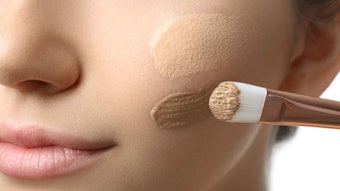Substances involved in biological cycles of the human body are appealing for cosmetic formulations because they have high tolerability and potential functionality. They are metabolically activated, and when they become deficient, they are compensated for either by reduced cell activity or topical supply of skin nutrients. However, transepidermal delivery may become a limiting factor to their targeted efficacy.
The speed of a material’s in-depth delivery and the amount of material absorbed is determined based on the polarity of the molecules and the partition coefficient between the vehicle and the skin’s epidermal layers. Formulation strategies designed to establish the simultaneous presence of potentially active substances in a formula are frequently hindered by the “resistant” activity of the skin. Indeed, the skin operates by separating and almost unpredictably delaying the transport of the active substances that are intended to act on the same skin site at the same time.
This paper describes a molecule created by fusing conjugated linoleic acid (CLA) with glutathione, each of which has intrinsic biologic activity. The peculiarity of CLA glutathione lies in its chemical structure based on the lipophilic linoleic acid and the hydrophilic glutathione tripeptide. The resulting molecule is shown to be capable of bypassing the hurdle of skin transport and to be efficacious in optimizing the co-presence of different actives. In this case, CLA glutathione is combined with sodium DNA for a new approach to the treatment of premature hair loss.










